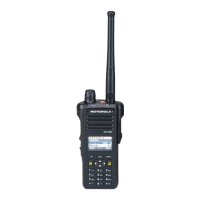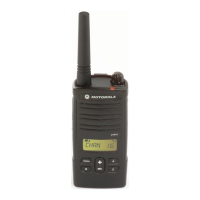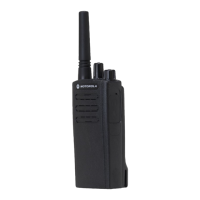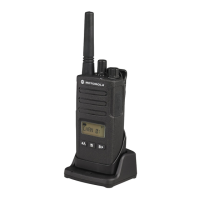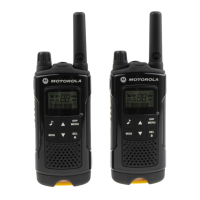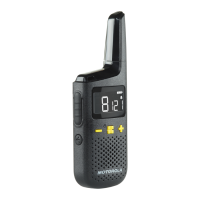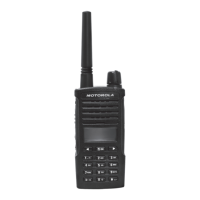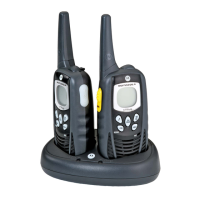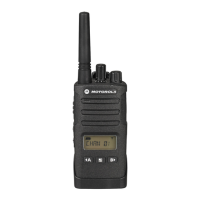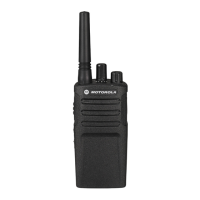Chapter 1 Introduction
1.1 General
This manual includes all the information needed to maintain peak product performance and
maximum working-time. This detailed level of service (component level) is typical of some service
centers, self-maintained customers, and distributors. This manual is to be used in conjunction with
the ASTRO XTS 2500/XTS 2500
I/XTS 2000/ATS 3000 Digital Portable Radios Basic Service
Manual (Motorola part number 6816984H01), which uses the pass/fail service approach to radio
problems.
Conduct the basic performance checks first. This will verify the actual need for analyzing the radio
and help pinpoint the functional problem area. In addition, the technician will become familiar with
the radio test mode of operation, which is a helpful tool. If any basic receive or transmitter
parameters fail, then the radio should be aligned per the radio alignment procedure.
Included in other areas of this manual are disassembly/reassembly procedures, functional block
diagrams, detailed theory of operation, troubleshooting charts and waveforms, schematics and parts
lists, and exploded view and parts list. The technician should be very familiar with these sections to
aid in determining the problem circuit. Also included are component location diagrams to aid in
locating individual circuit components and some IC diagrams, which point out some convenient
probe points.
The theory of operation sections of this manual contain detailed descriptions of the operations of
many circuits. Once the area of the problem is located, it would be strongly advisable to review the
operation of the circuit pertaining to the troubleshooting flow chart.
1.2 Notations Used in This Manual
Throughout the text in this publication, you will notice the use of warning, caution, and note
notations. These notations are used to emphasize that safety hazards exist, and care must be taken
and observed.
NOTE: An operational procedure, practice, or condition, etc., which is essential to
emphasize.
!
Caution
CAUTION indicates a potentially hazardous
situation which, if not avoided, may
result in
equipment damage.
!
WARNING
!
WARNING indicates a potentially hazardous
situation which, if not avoided, could
result in
death or injury.

